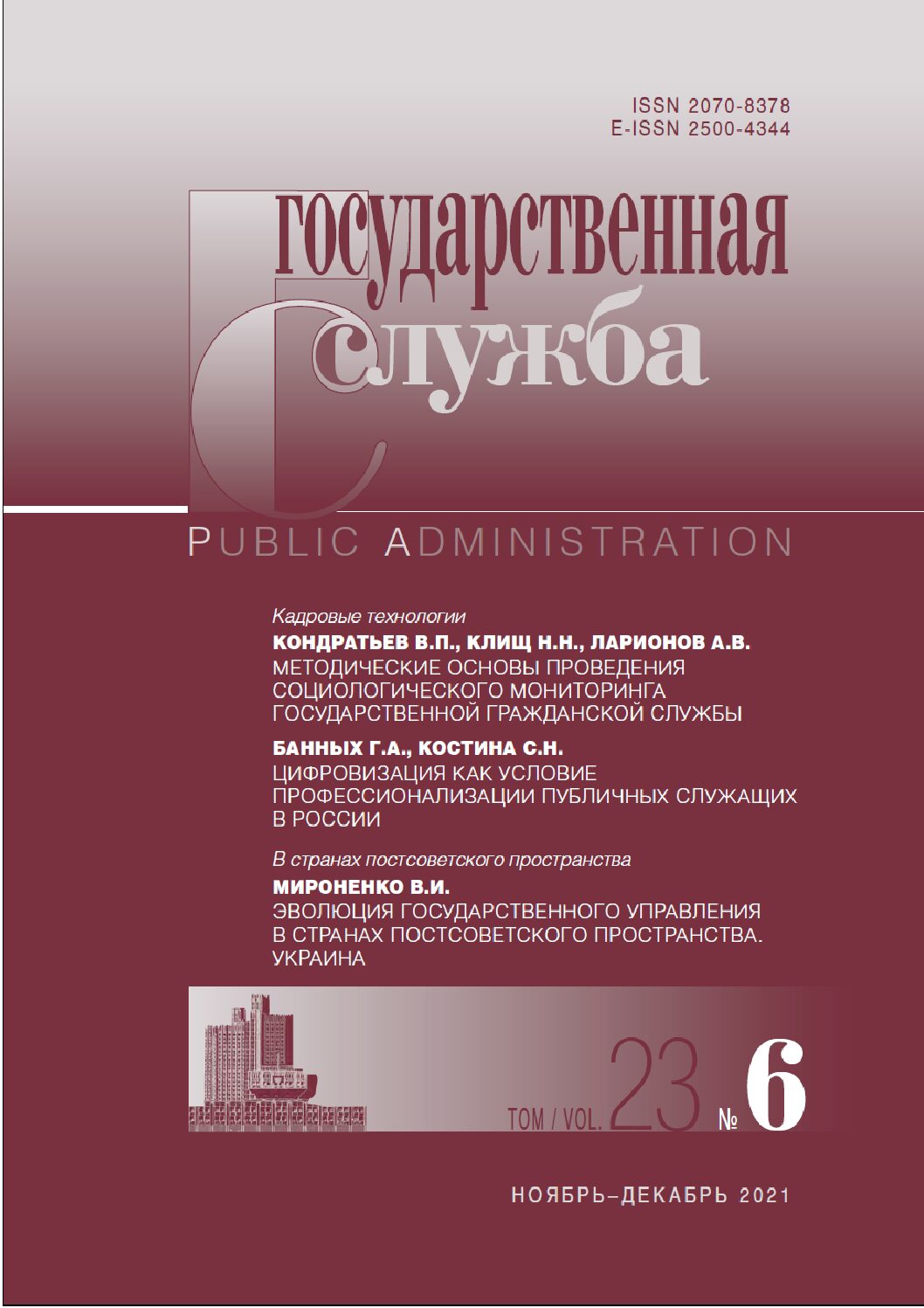Recommended link to article:
OLGA NIKOLAEVNA TOMYUKа
аUral State Law University
ANASTASIA NIKOLAEVNA NOVGORODTSEVAb
ANNA VIKTOROVNA DYACHKOVAb
bКомитет по образованию и науке Государственной Думы Федерального Собрания Российской Федерации
DOI: 10.22394/2070-8378-2021-23-6-41-49
Abstract:
The goal of the study is to evaluate global trends in the positioning of modern universities, their media activity in the Internet space. For the study, the top ten Russian universities included in the 2021 QS World University Rankings were selected.The main indicators of effective positioning of a modern university and its media activity in the Internet space are the university’s presence in global and national rankings, availability of network programs and international accreditation of educational programs, an increase in the number of international students, MOOCs on Coursera and edX platforms, etc. As a result of the study, it was concluded that there is a direct and/or indirect relationship between the media activity of a modern university and the strengthening of the university’s position in global and national rankings.
Keywords:
positioning, global positioning trends, internet space, media sphere, media activity, media activity rating, social network, mass media, website
Received:
December 7, 2021
References:
Atsuta A.I. Media activity of the youth in the context of cyber socialization. Chelyabinskiy gumanitariy. 2018. No. 1 (42). P. 14–20. In Russian
Brikota T.B., Dzhum T.A., Fedorova N.B., Shevchenko E.V. Features of consumer properties for services and brand positioning of a modern university. Ekonomika ustoychivogo razvitiya. 2020. No. 2 (42). P. 34–39. In Russian
Chaplygin A.G. Brands of Russian universities. Akkreditatsiya v obrazovanii. 2017. No. 7 (99). P. 34–39. In Russian
Dombrovskaya A.Yu., Sinyakov A.V. Strategies for online civic engagement and value profiles of young Russians: results of cluster analysis and multidimensional scaling. Vlast. 2021. Vol. 29. No. 4. P. 180–186. DOI: https://doi.org/10.31171/vlast.v29i4.8402
Donina I.A., Shaidorova N.A. The potential of social networks in implementing Internet marketing for an educational organization. Problemy sovremennogo pedagogicheskogo obrazovaniya. 2018. P. 75–79. In Russian
Ermakov V.A., Zhuravlev G.T., Kovalevskaya E.V. Analyzing student activity in social networks. Interaktivnaya nauka. 2016. No. 8. P. 44–48. DOI: 10.21661 / r-113276 In Russian
Kovalev I.V. University of high flight. Akkreditatsiya v obrazovanii. 2016. No. 6 (90). P. 36–37. In Russian
Kryshtanovskaya O.V. Contactless sociology: new forms of research in digital age. Digital Sociology. 2018. (1): 4-8. https://doi. org/10.26425/2658-347X-2018-1-4-8 In Russian
Murzina E.V. Problems of media consumption in the context of dynamic changes in modern society. Vestnik Surgutskogo gosudarstvennogo pedagogicheskogo universiteta. 2021. No. 2 (71). P. 205–214. In Russian
Petrosyants D.V., Svettsova A.S. National university ranking Mig Interfax: stratification of Russian universities according to various criteria. Natsionalnaya assotsiatsiya uchenykh. 2015. No. 5–1 (10). P. 103–109. In Russian
Tsorina I.I., Kalieva O.M. Rating for educational institutions of higher education as a tool for objective assessment of competitive advantages. The university complex as a regional center for education, science, and culture. Materials of the All-Russian Scientific and Methodological Conference. Orenburg: izd-vo “Orenburgskiy gosudarstvennyy universitet”. 2017. P. 2107–2111. In Russian
Vasilenko L.A., Meshcheryakova N.N. Sociology of the digital society: monograph. Tomsk Polytechnic University. Tomsk: Izd-vo Tomskogo politekhnicheskogo universiteta. 2021. P. 226. In Russian
Статьи в режиме Open Access публикуются в соответствии с лицензией Creative Commons Attribution 4.0 International (CC BY).

